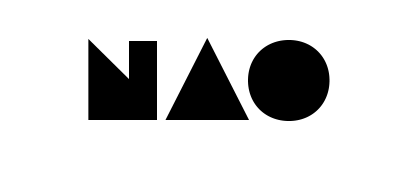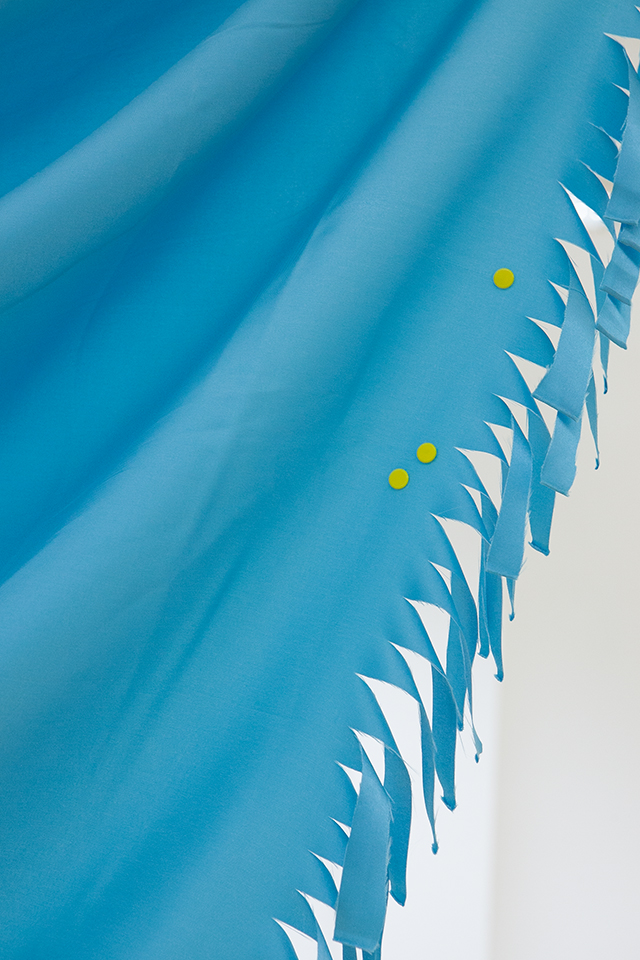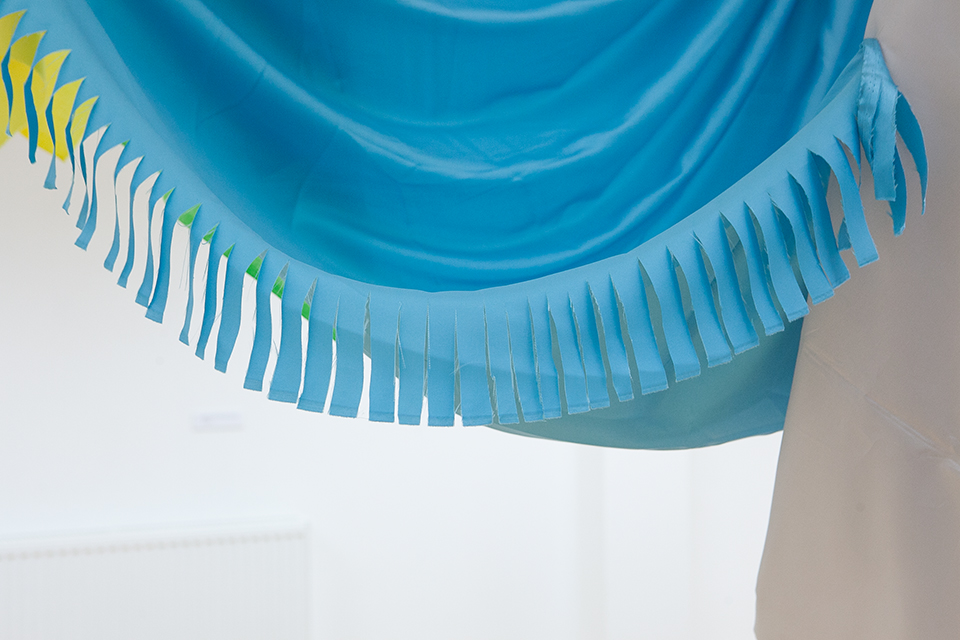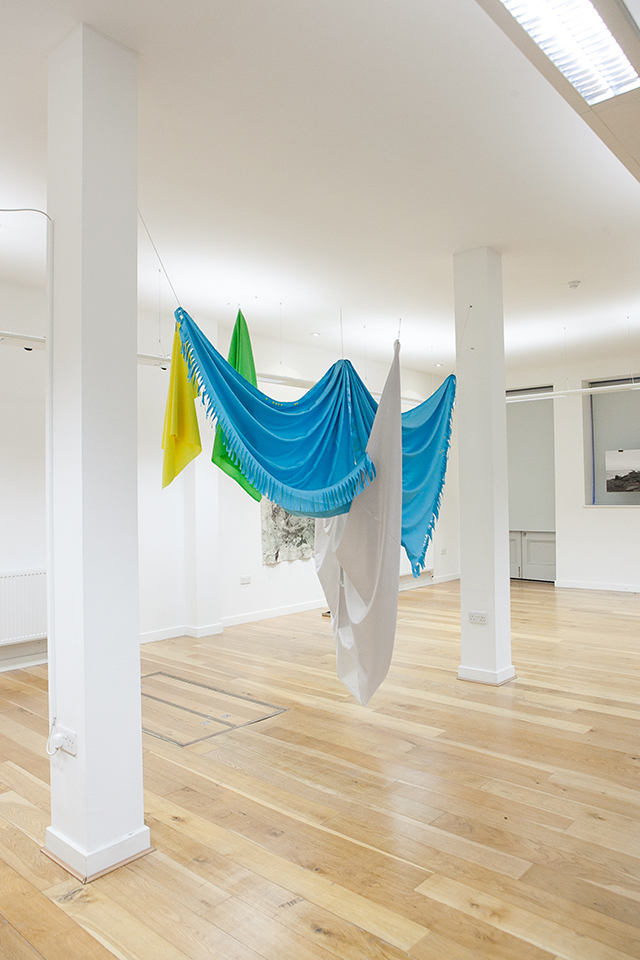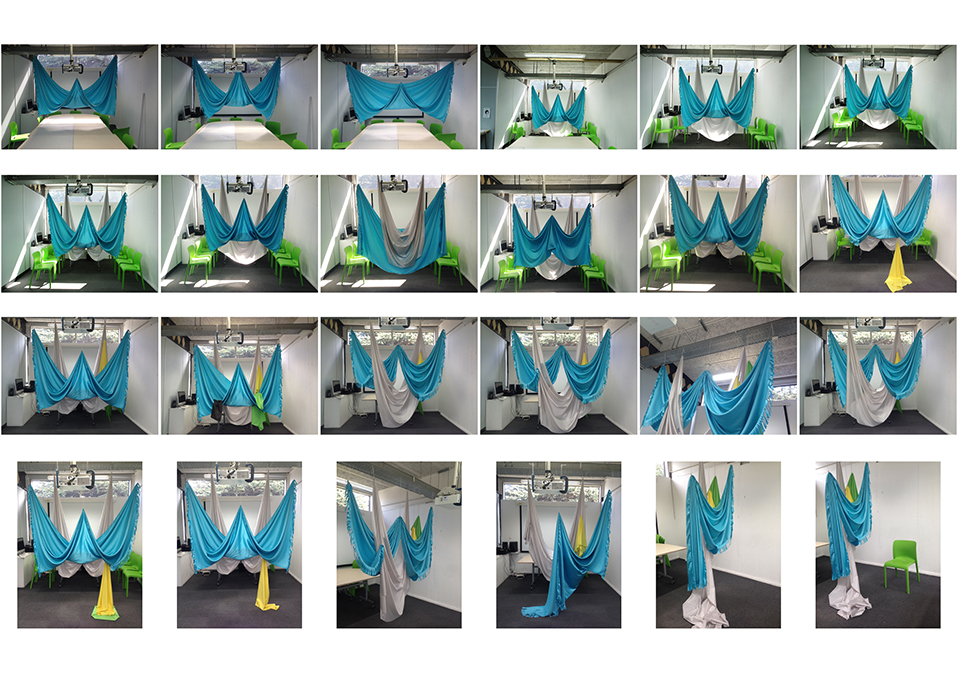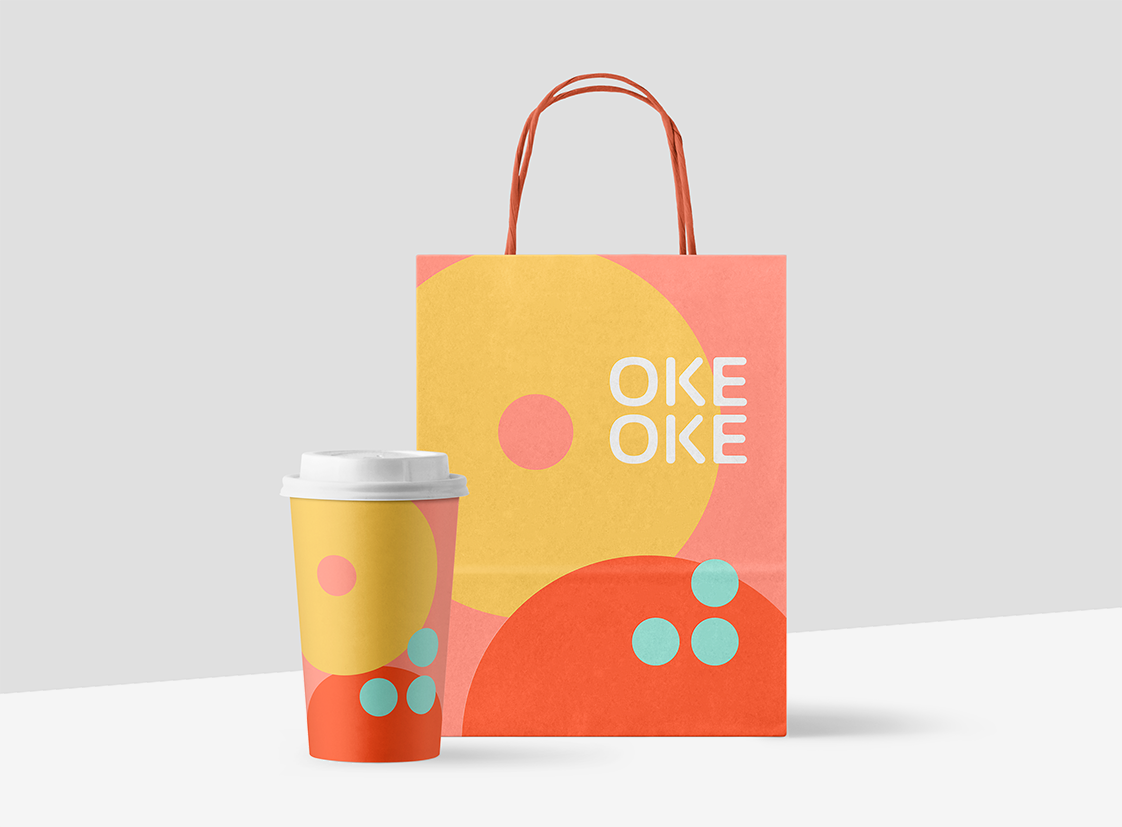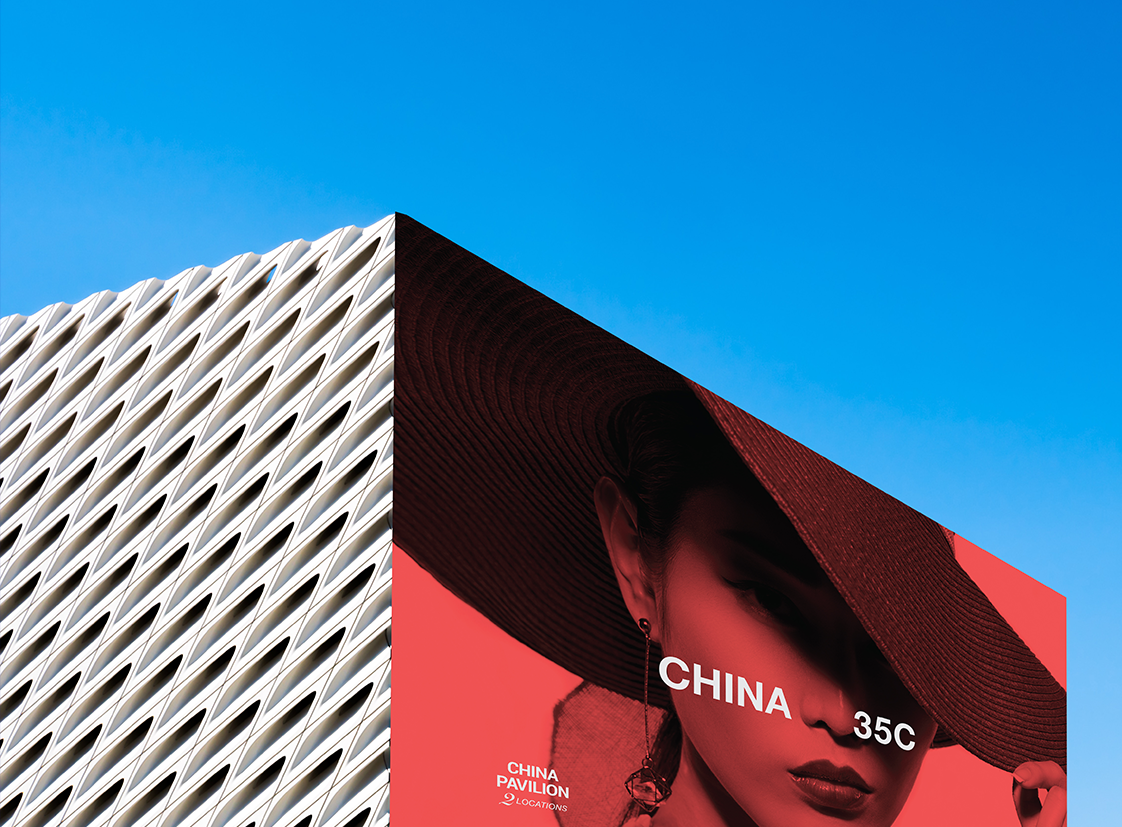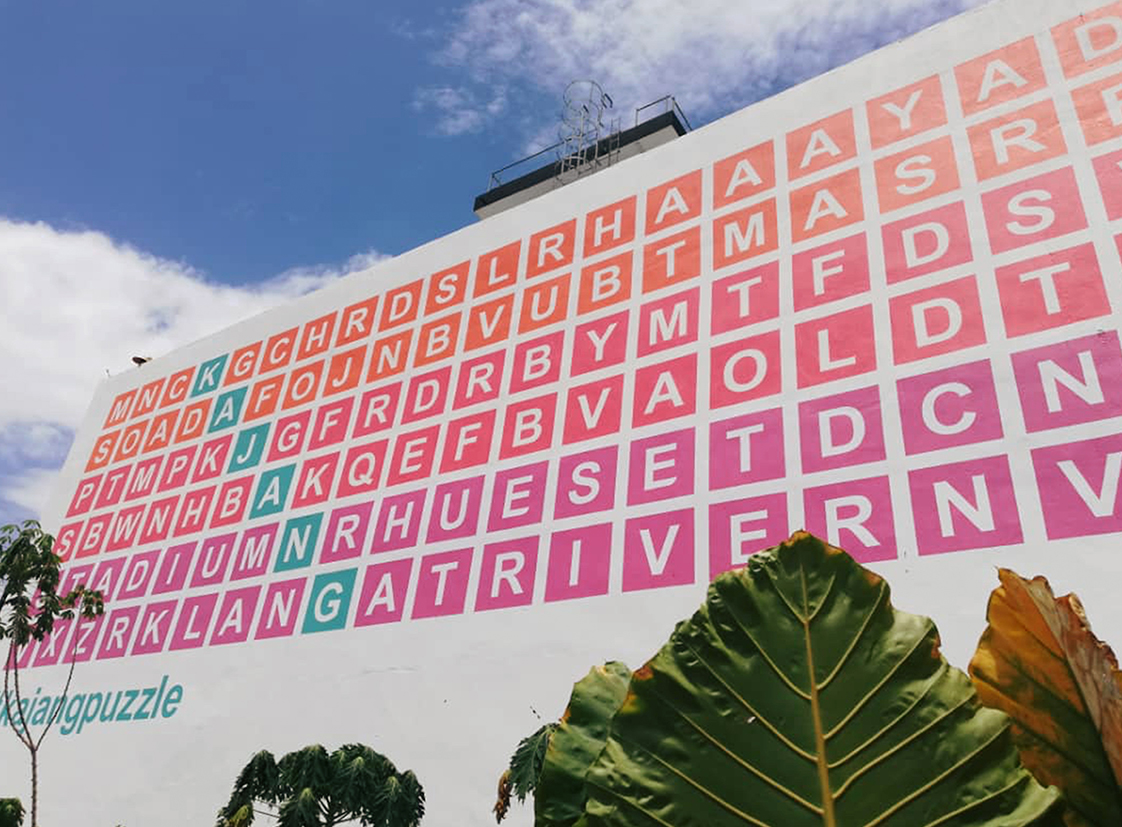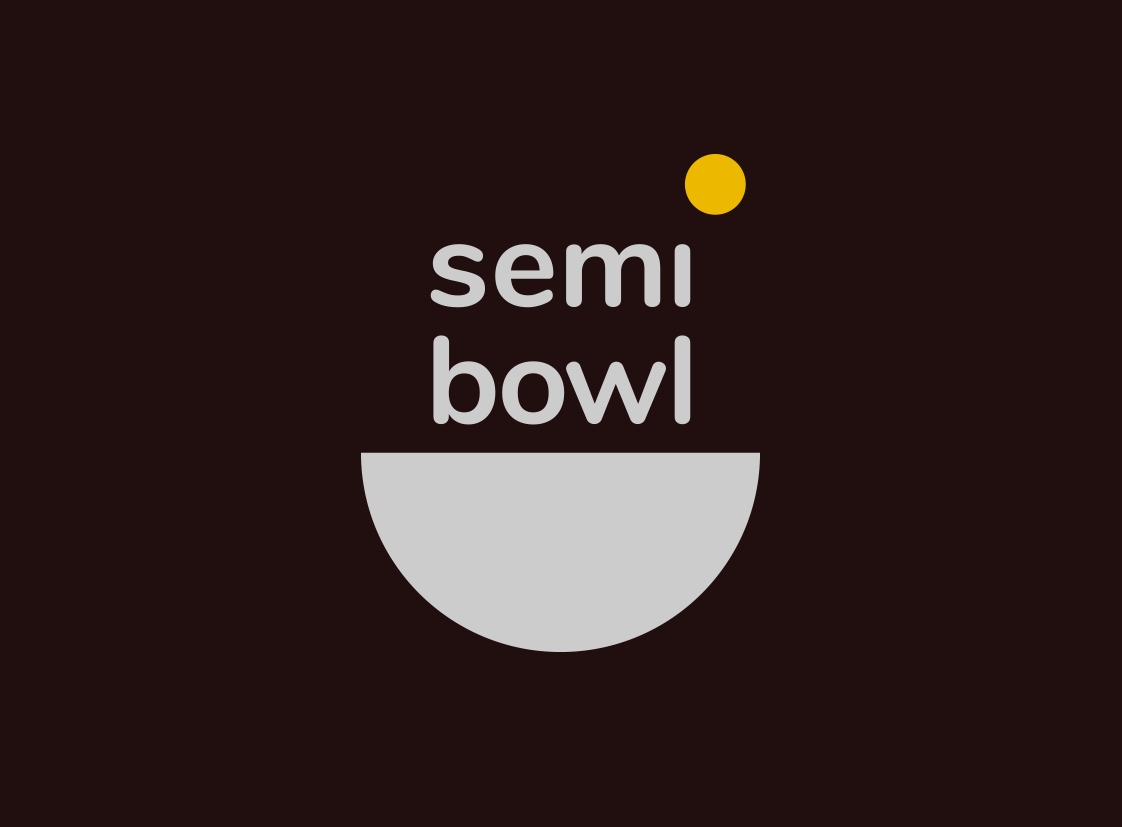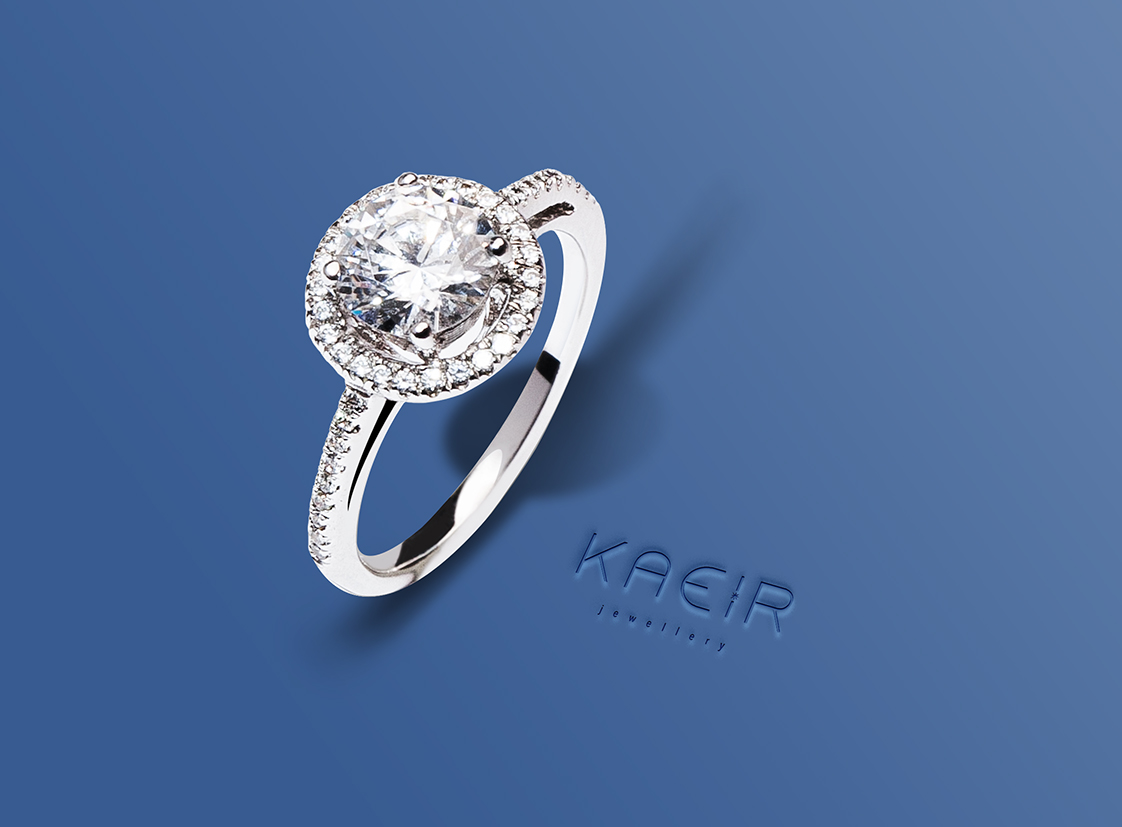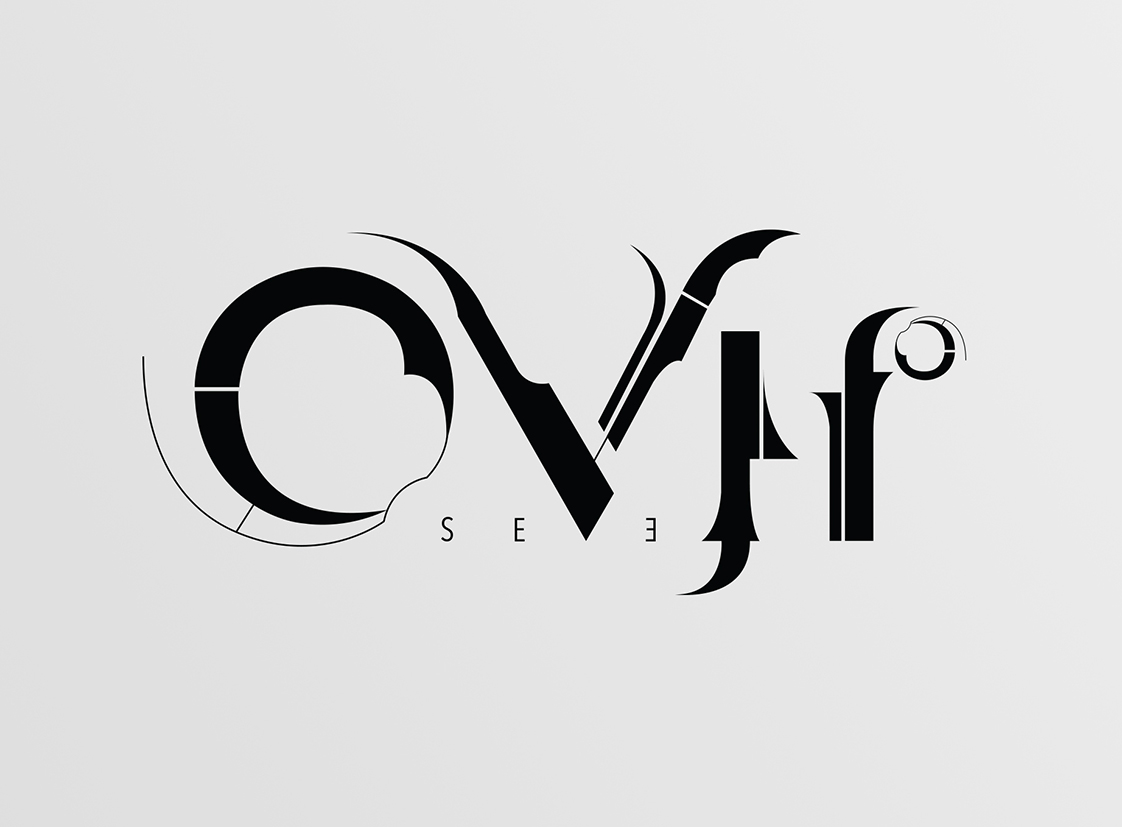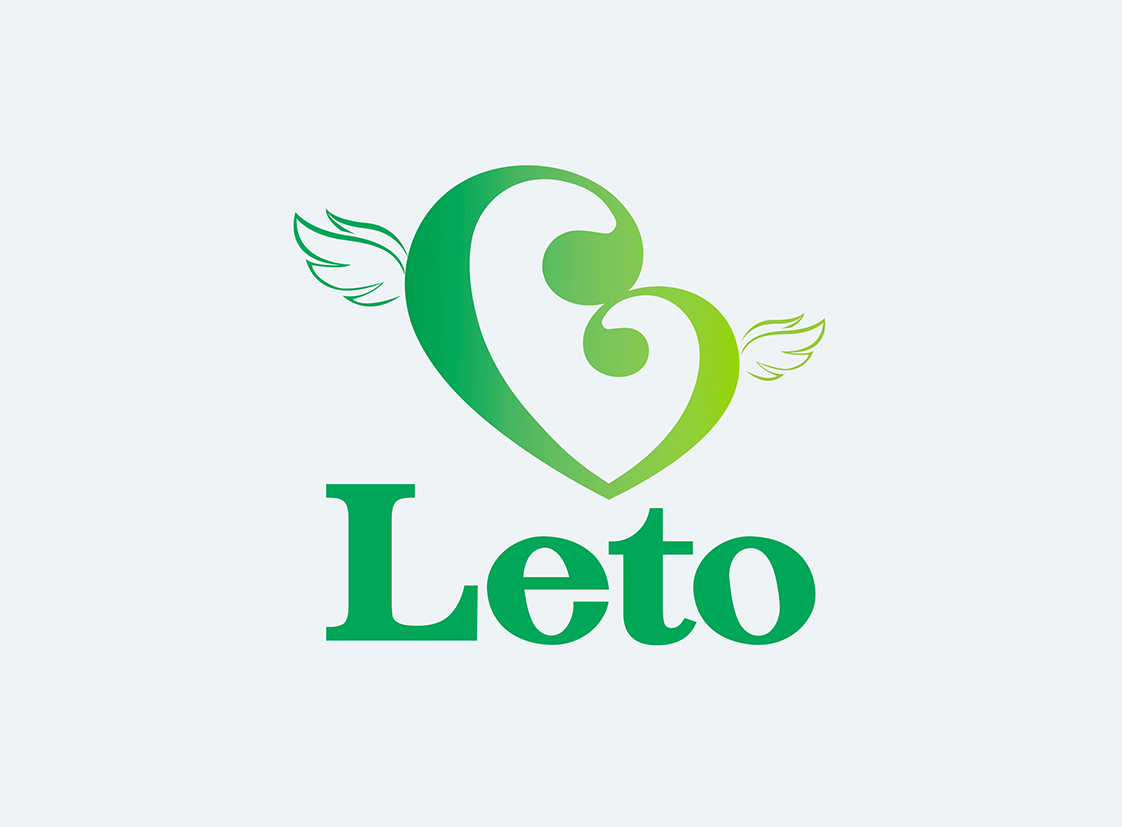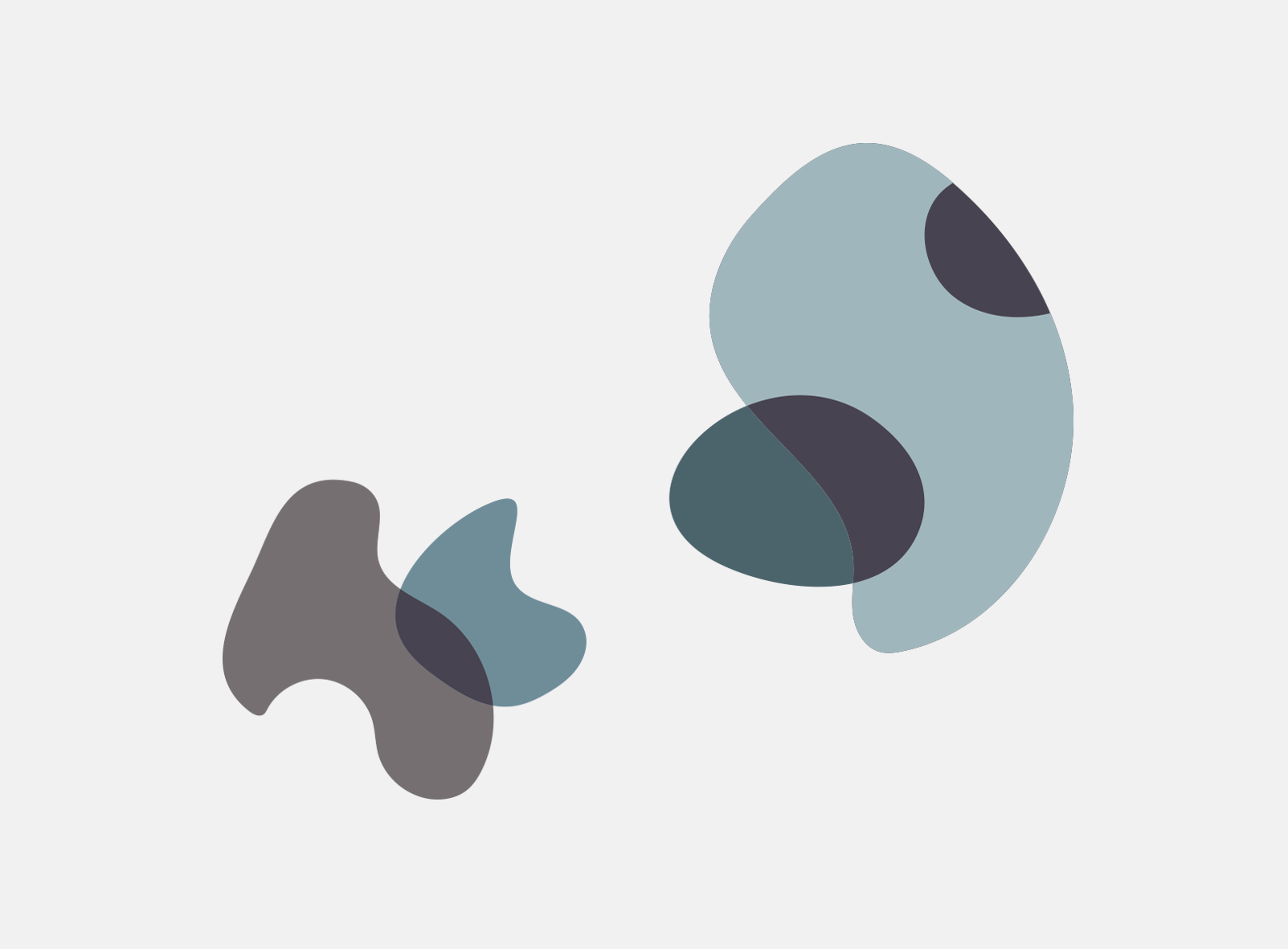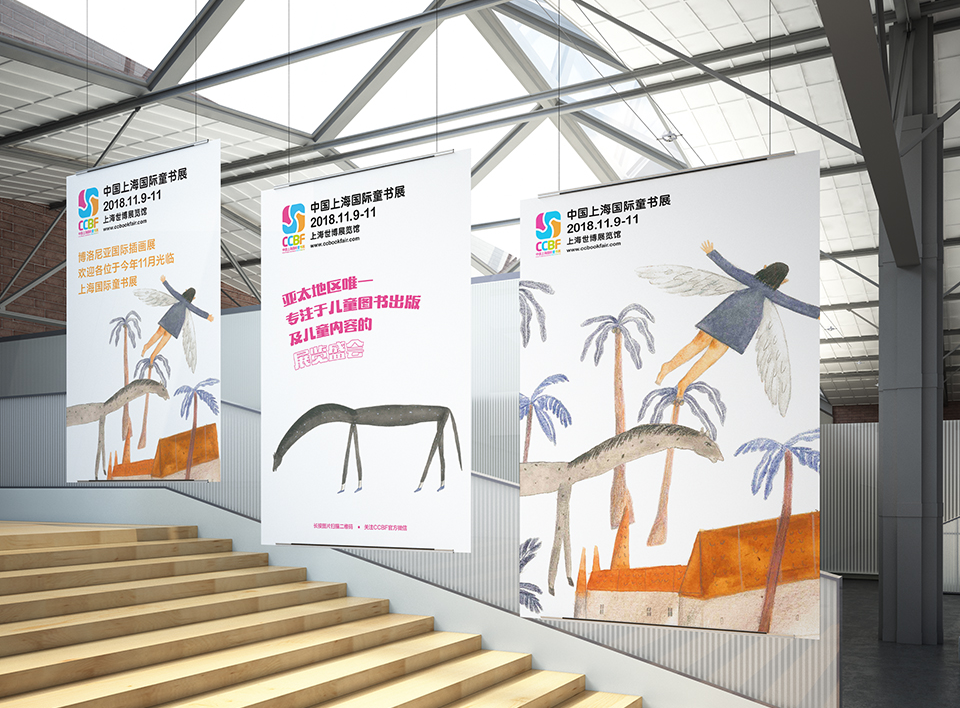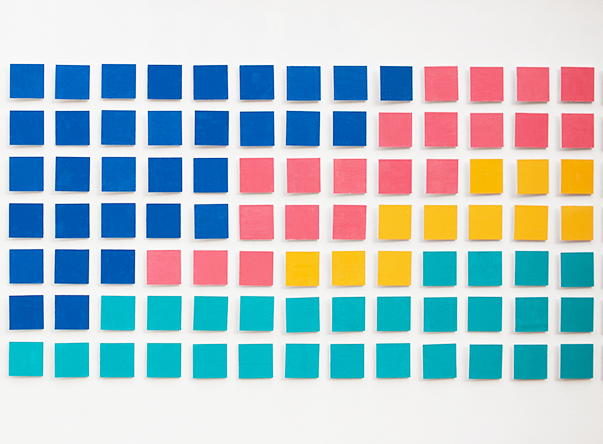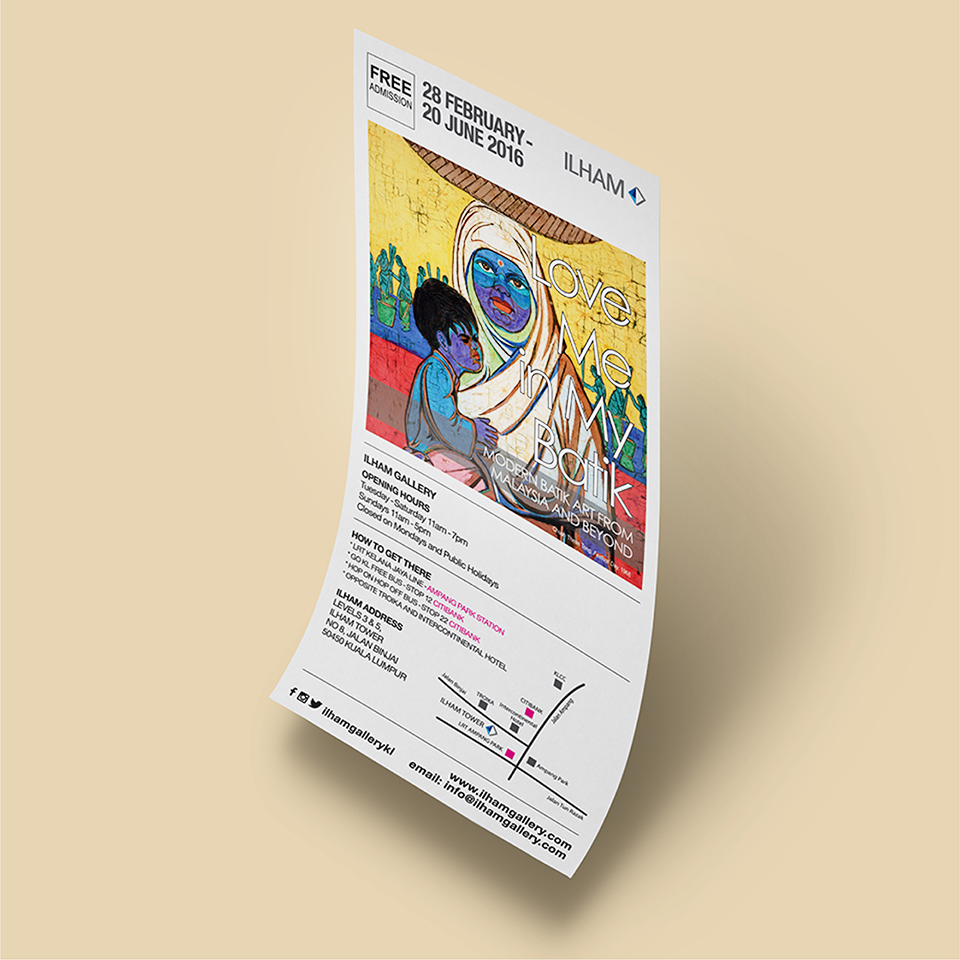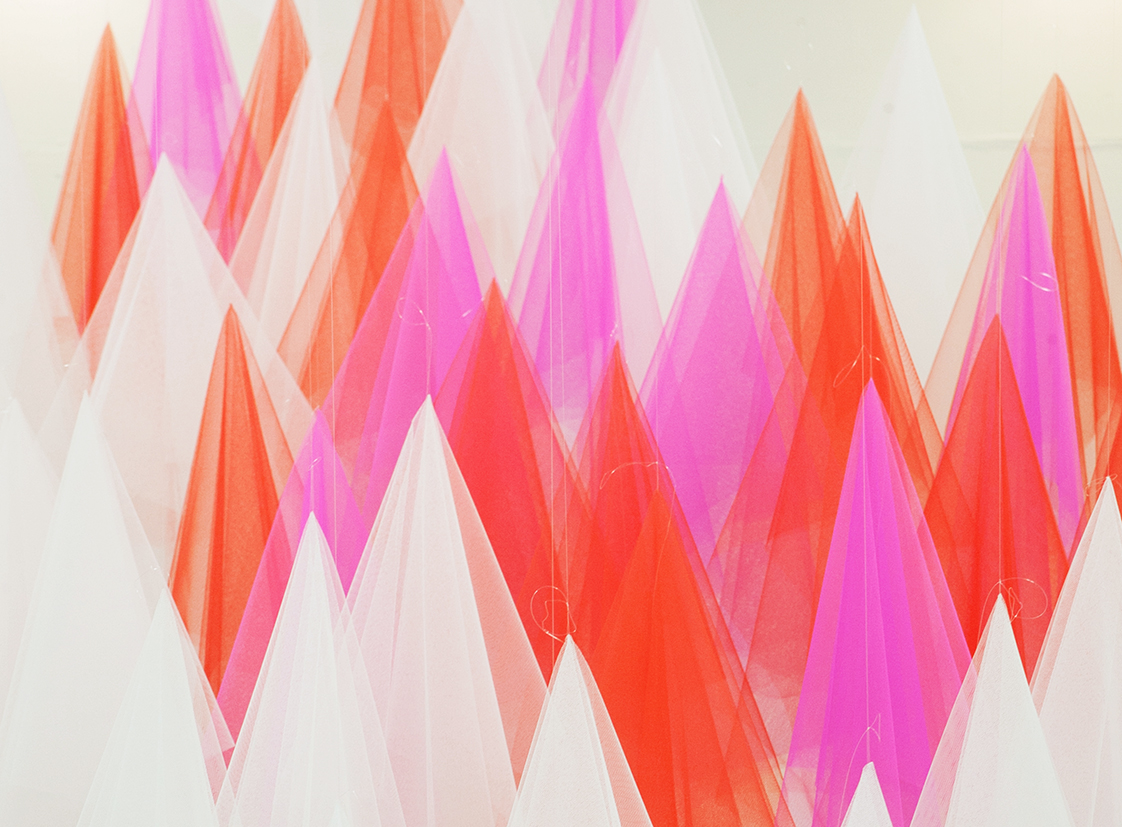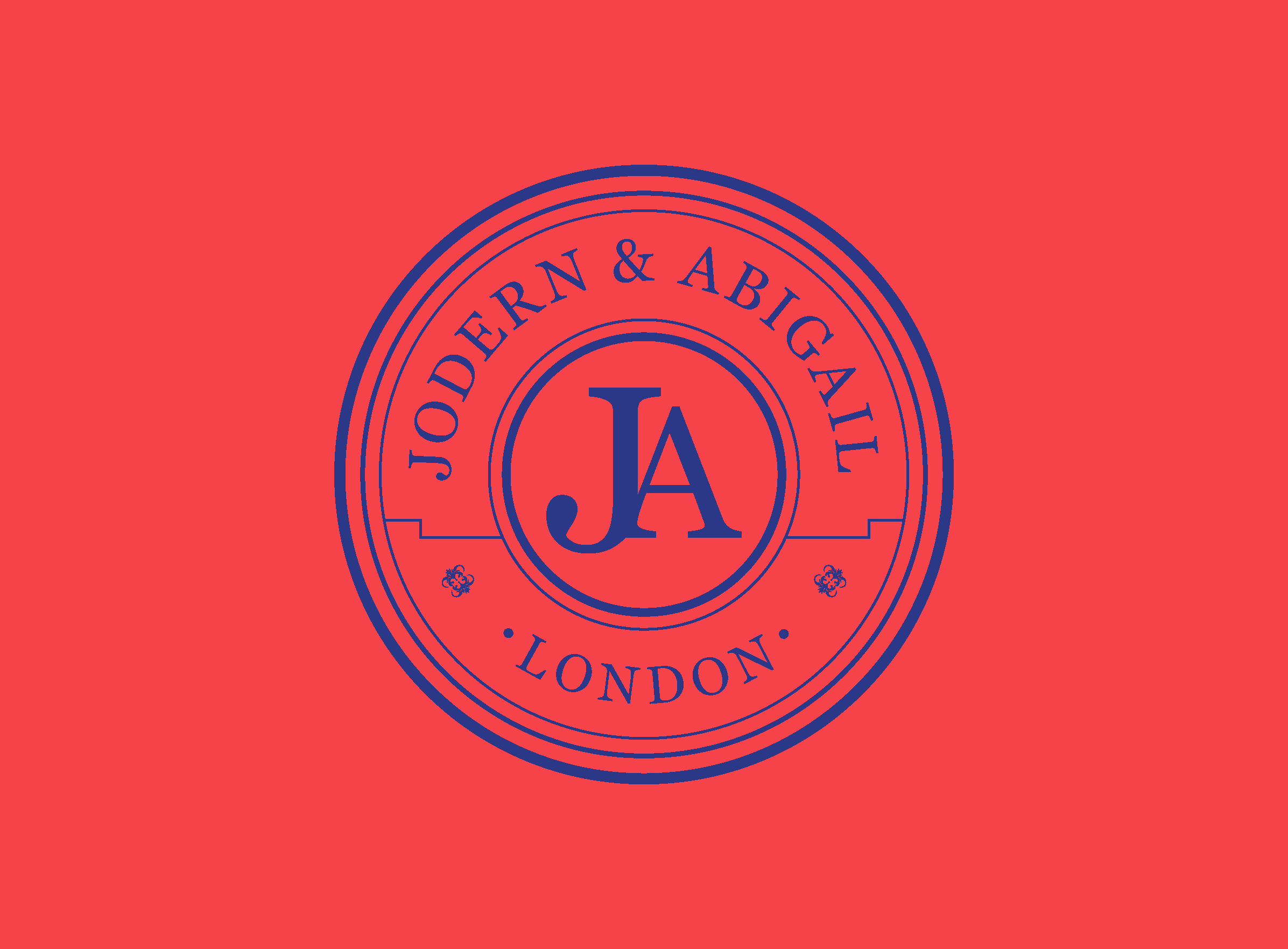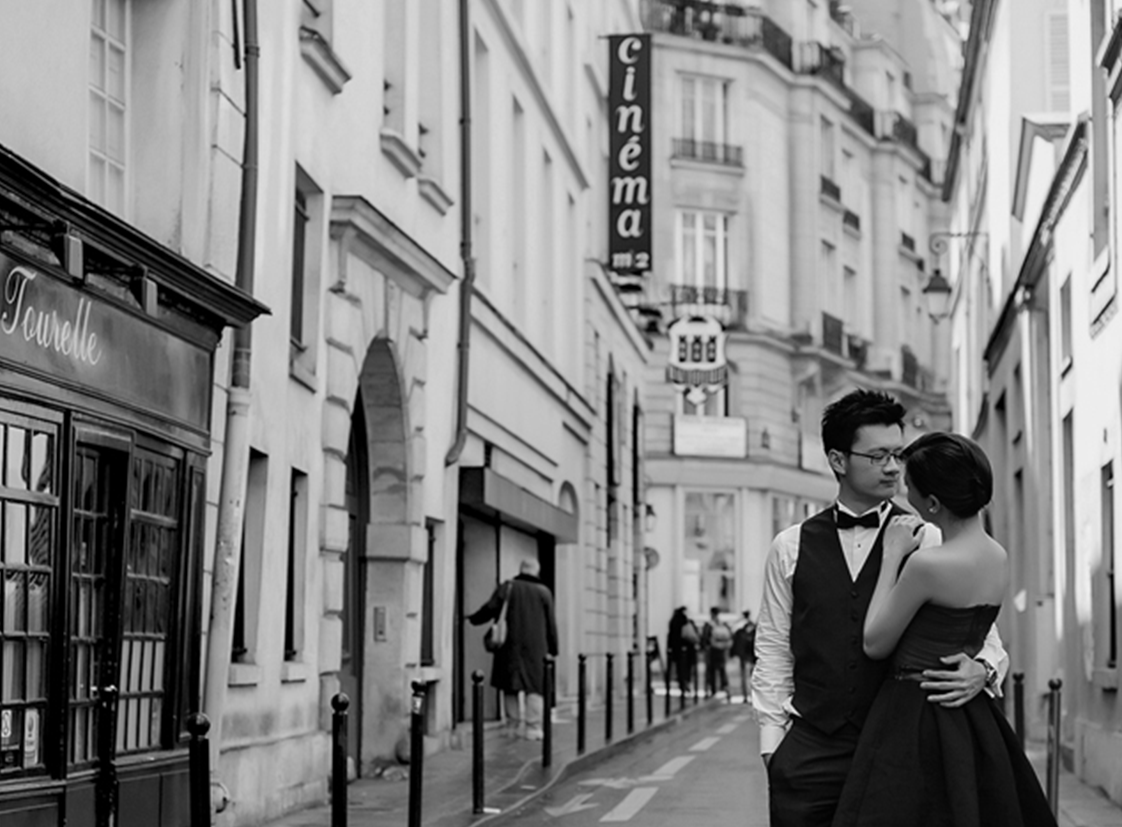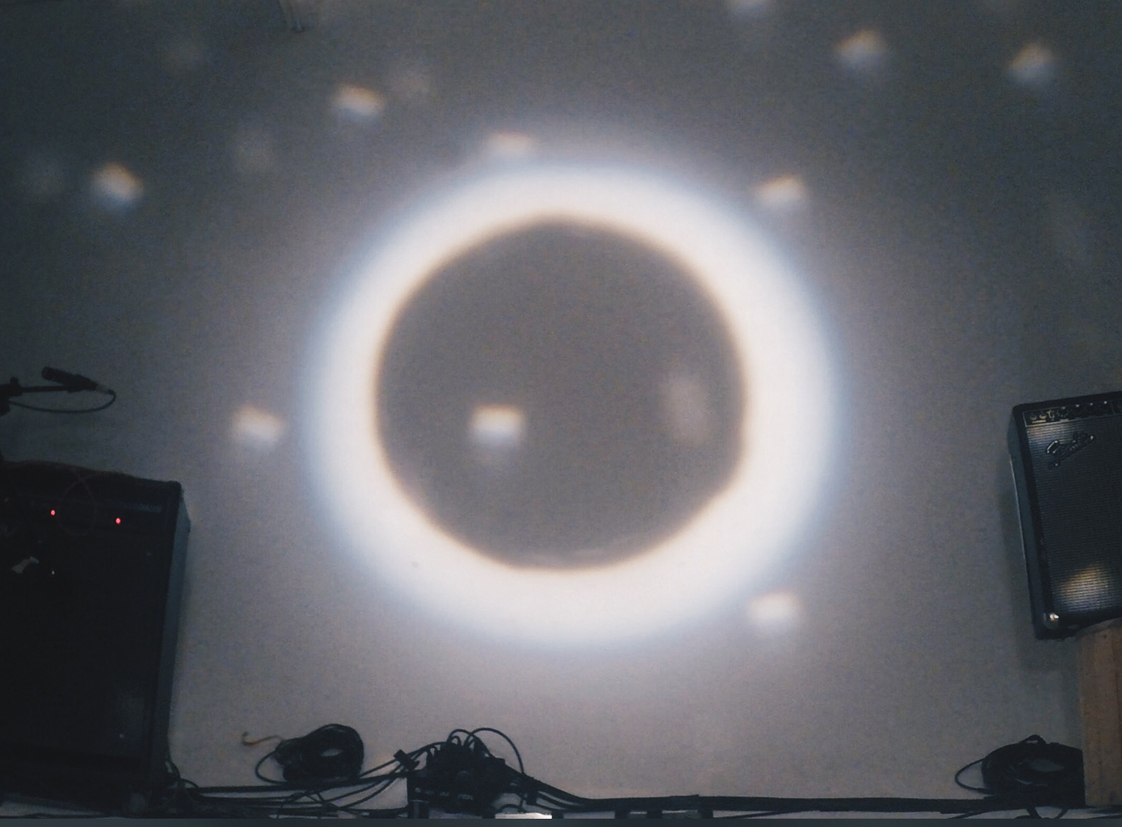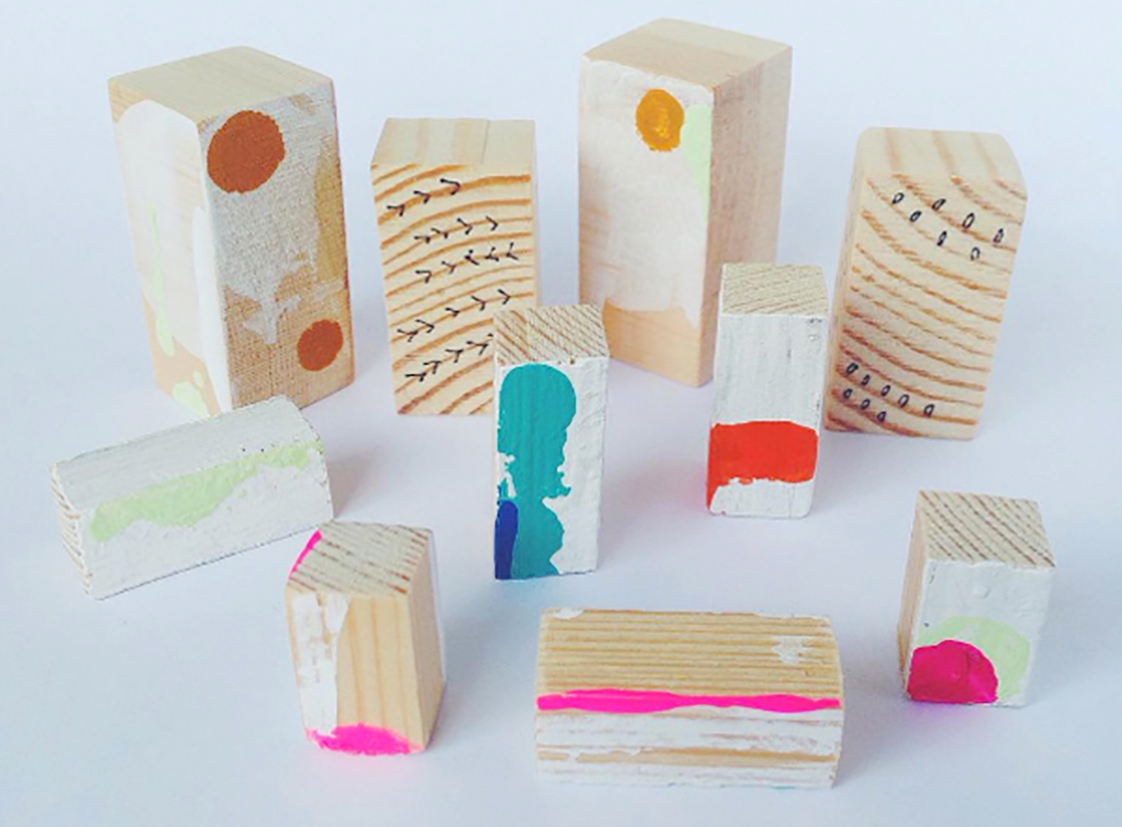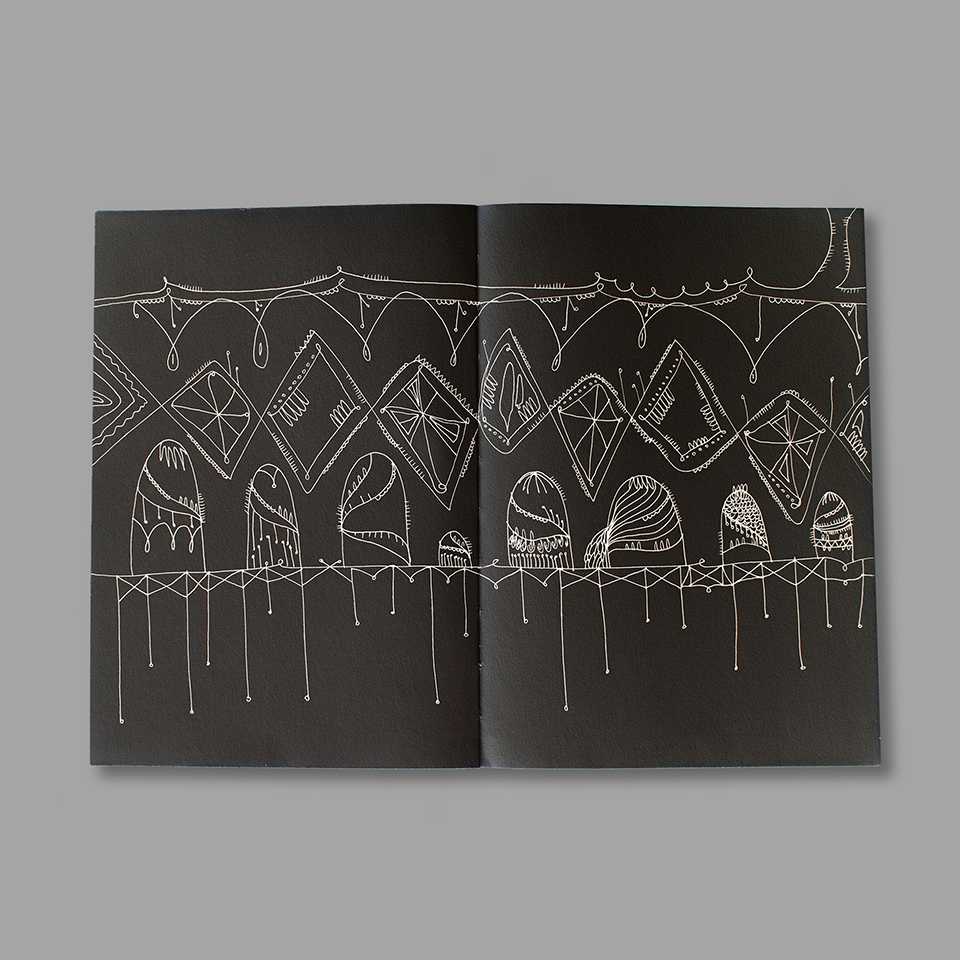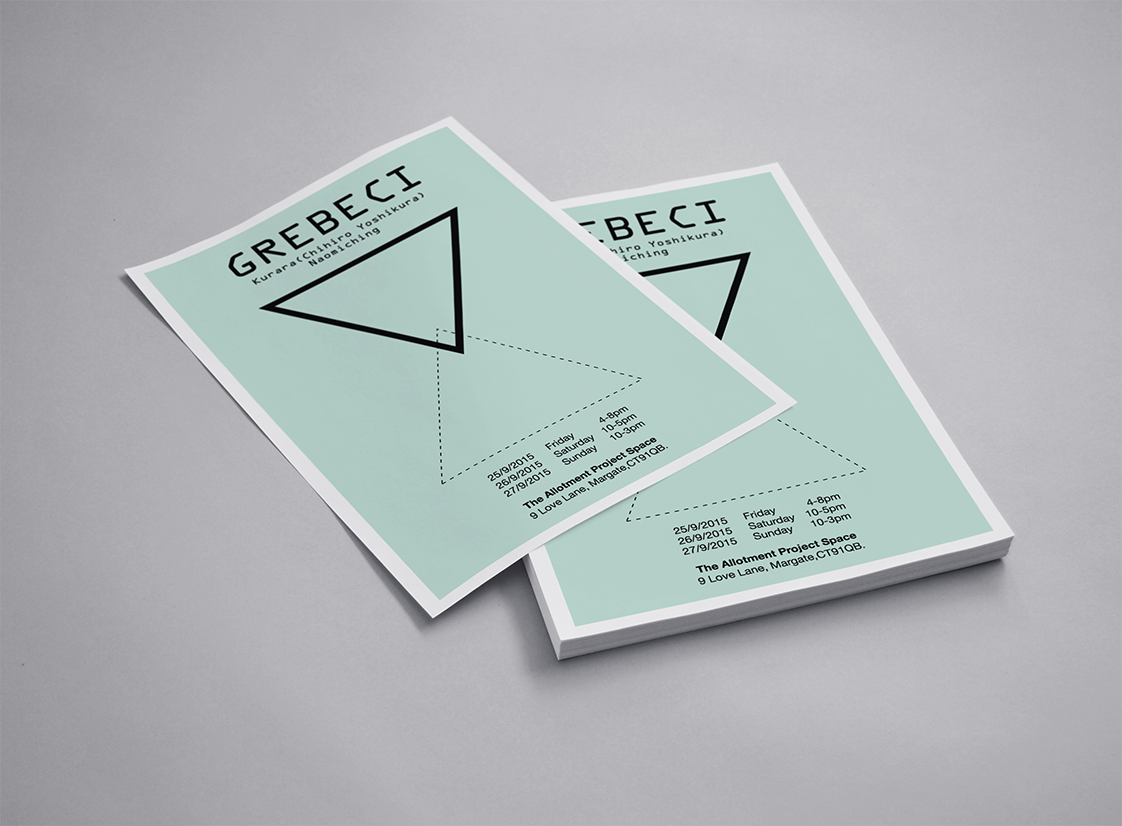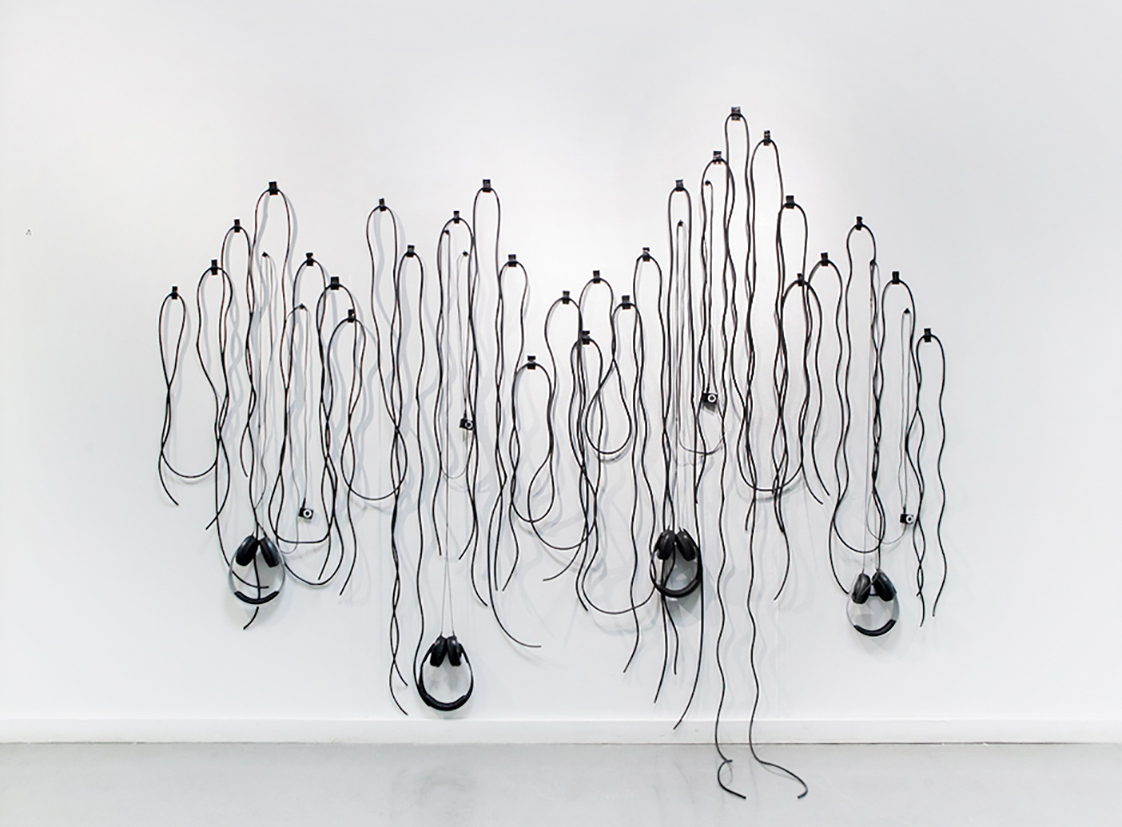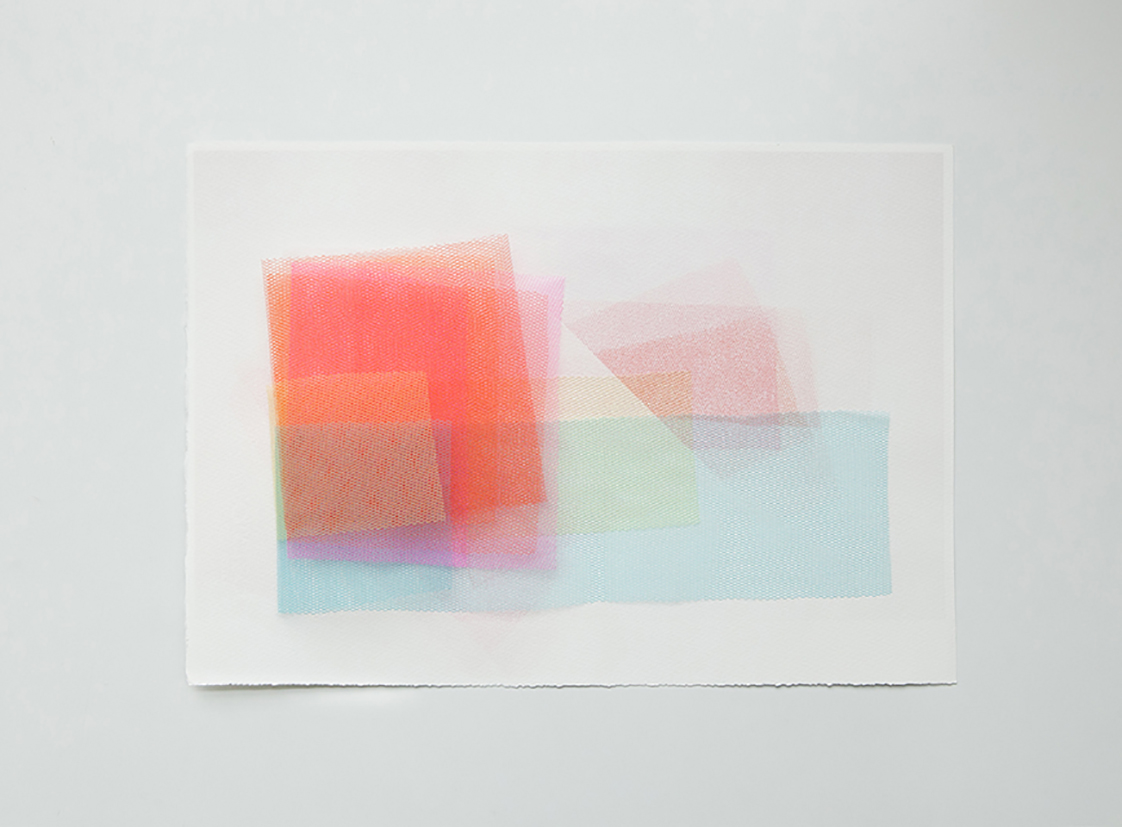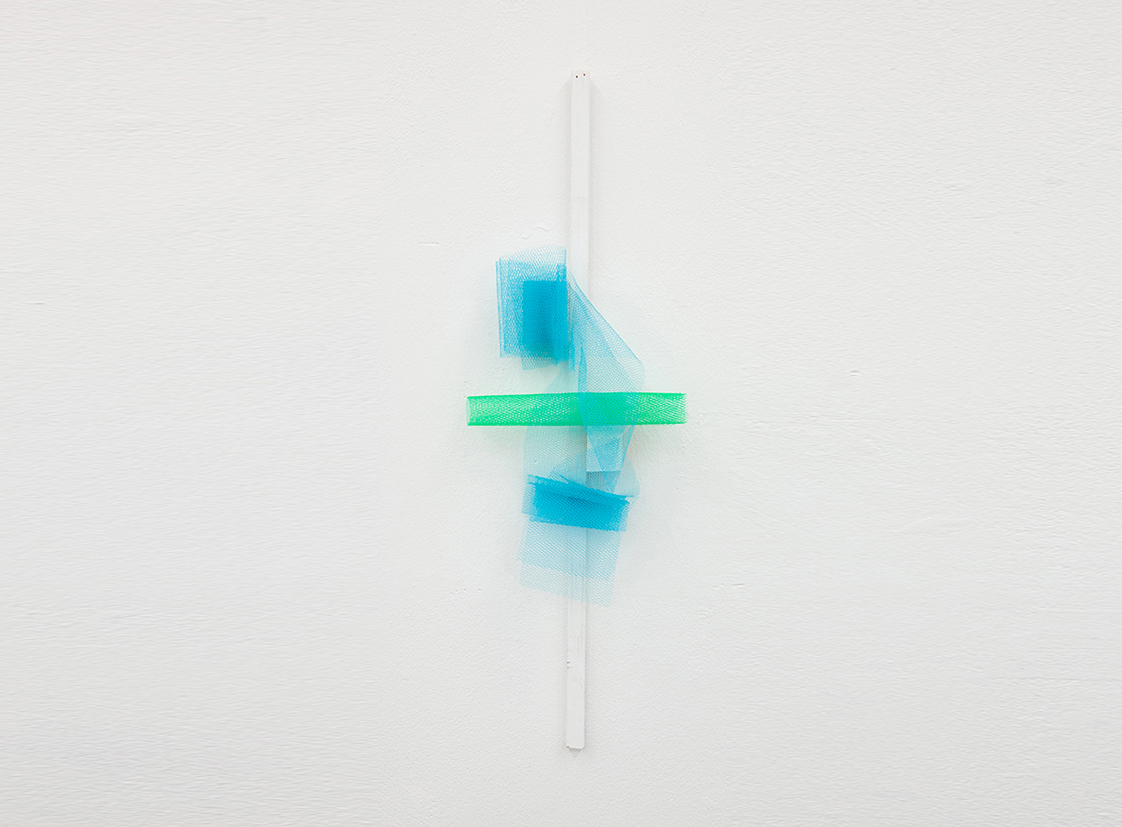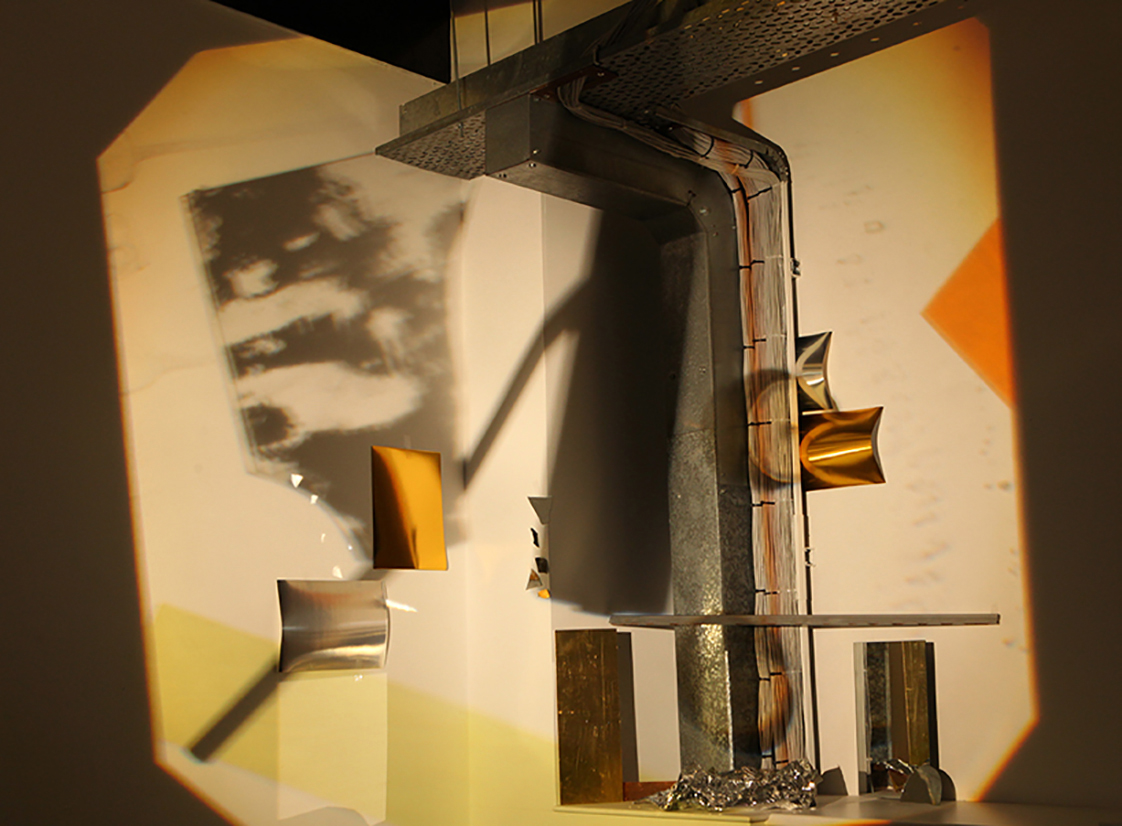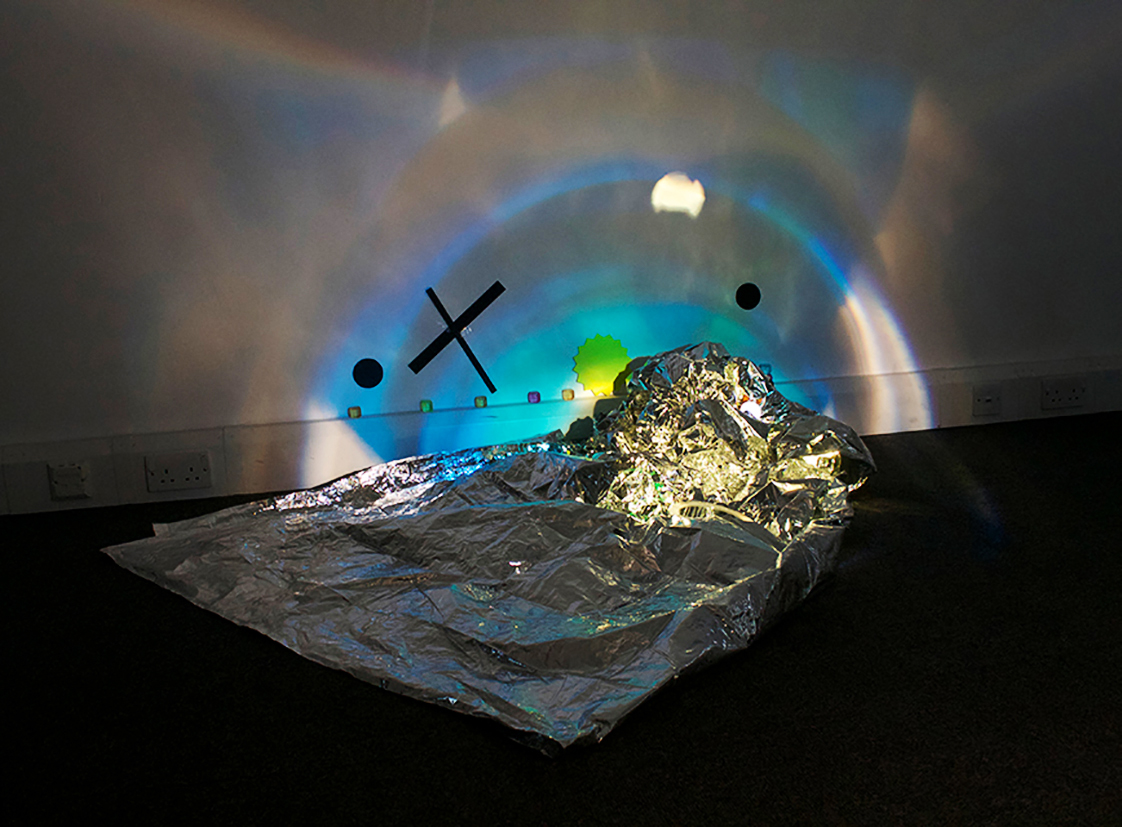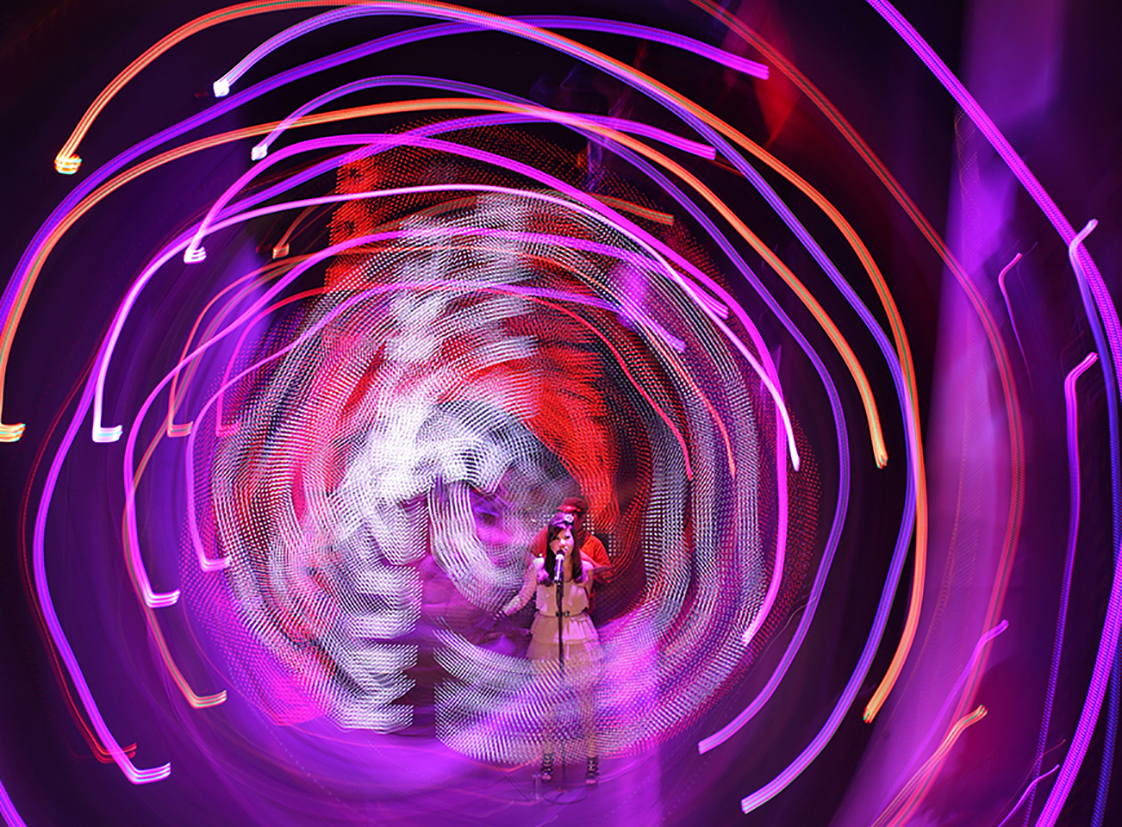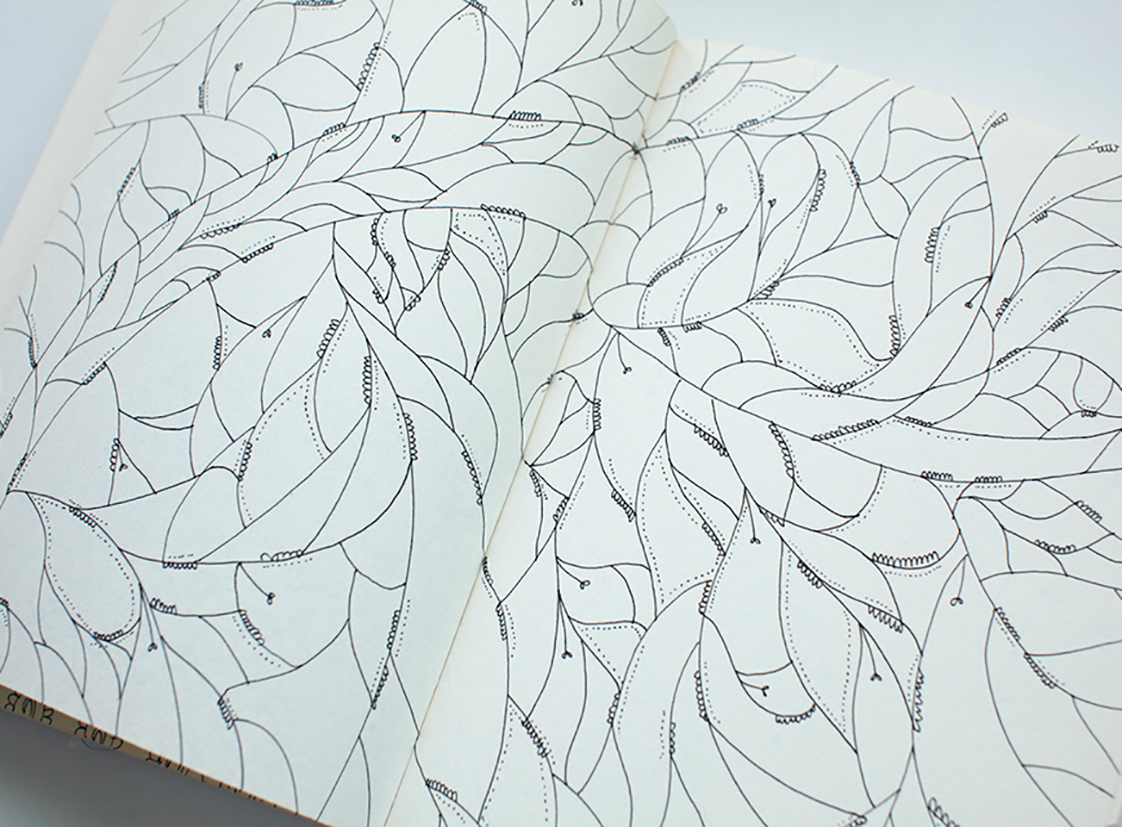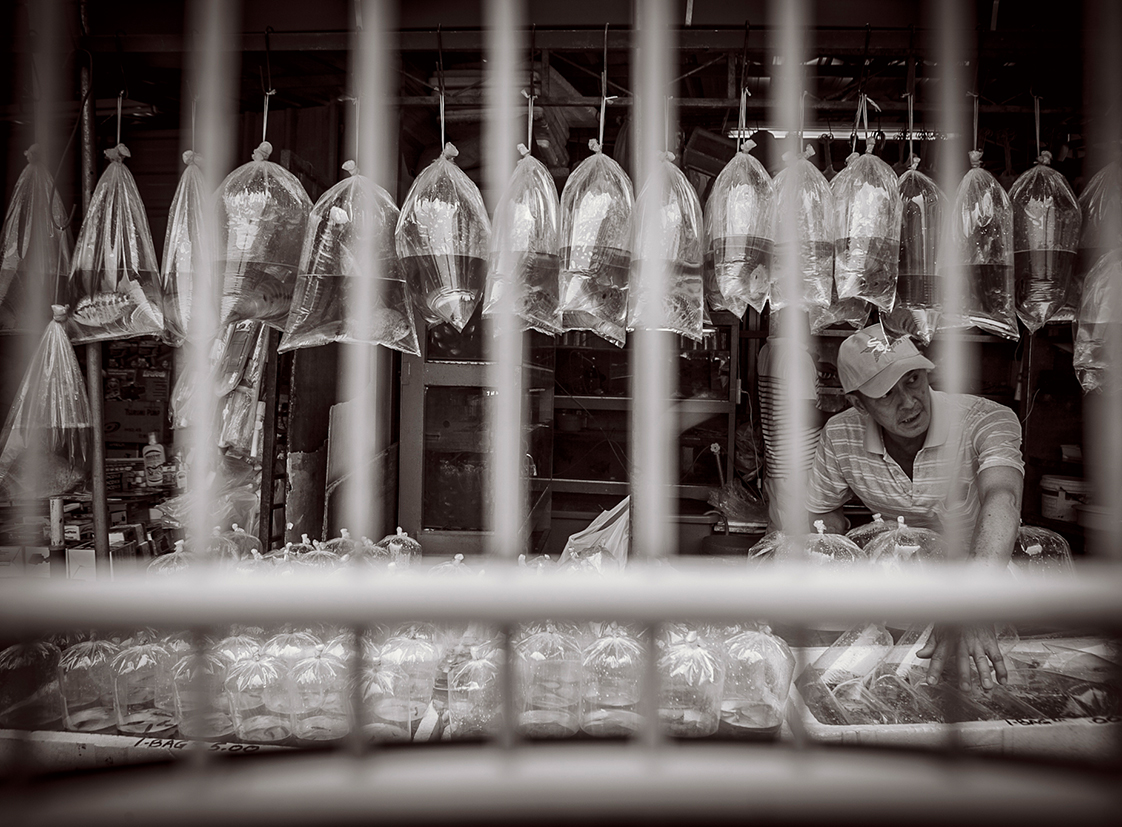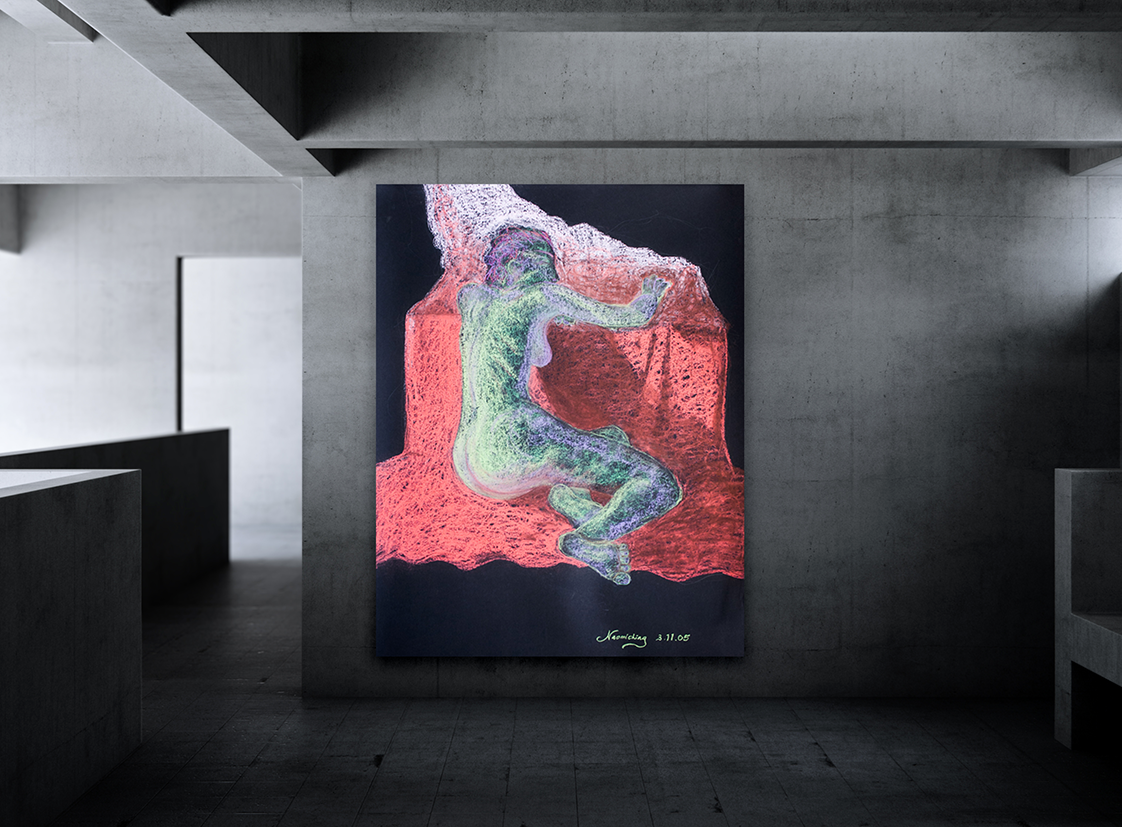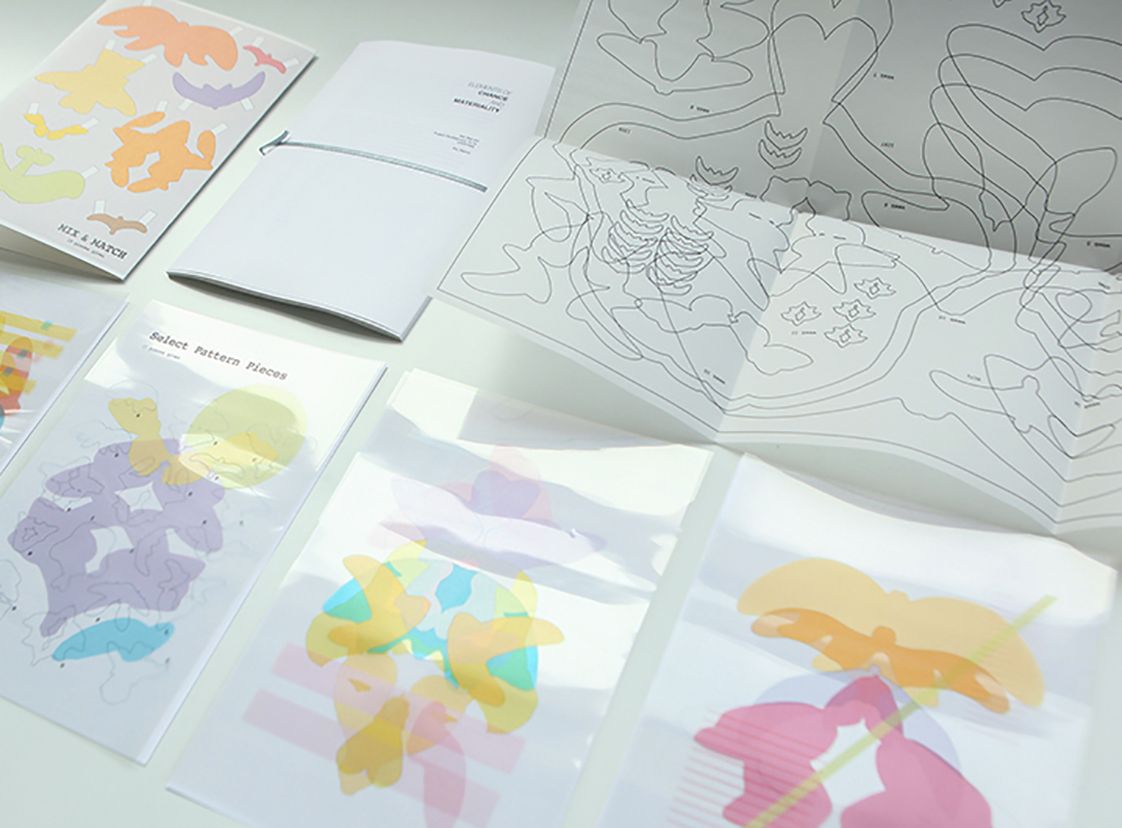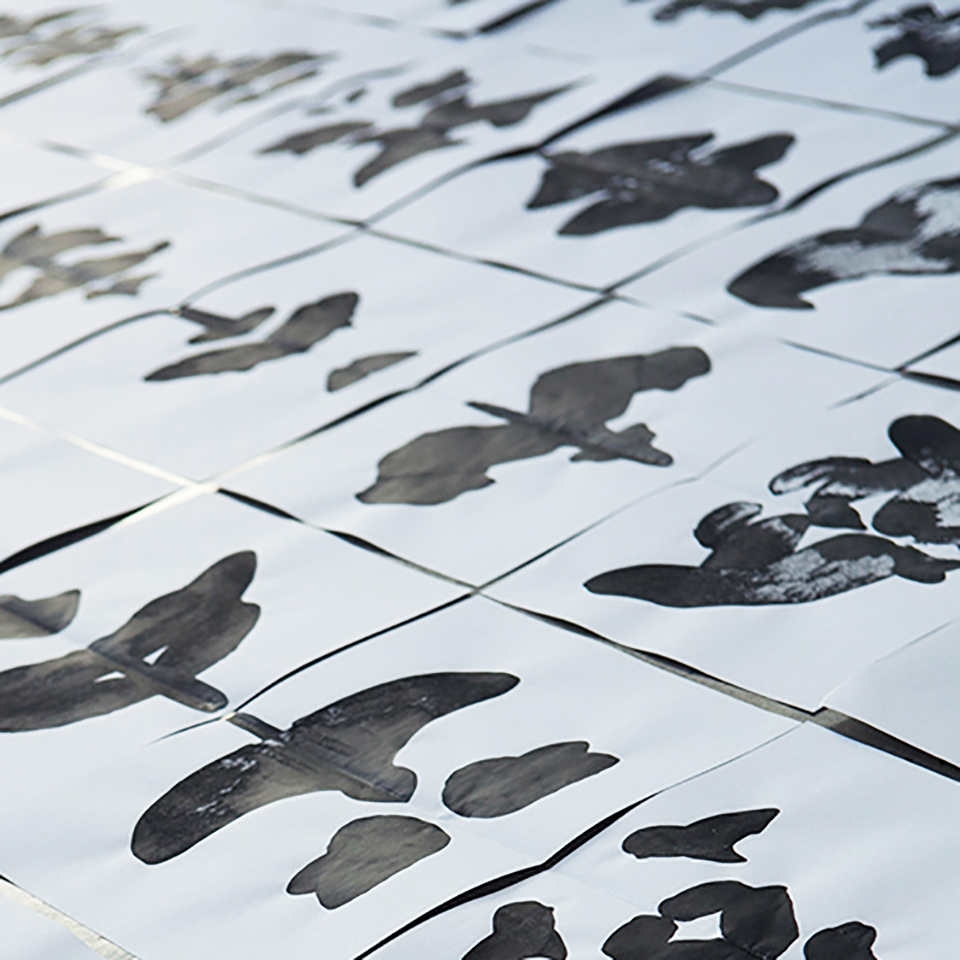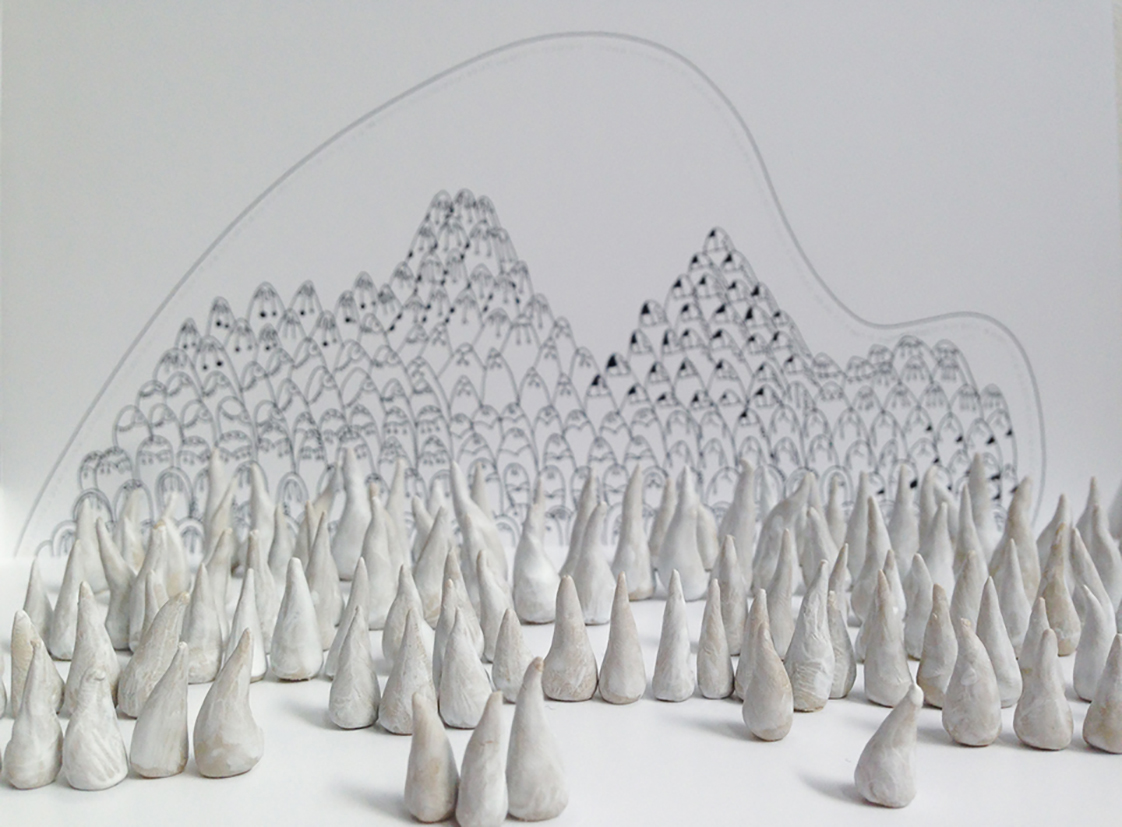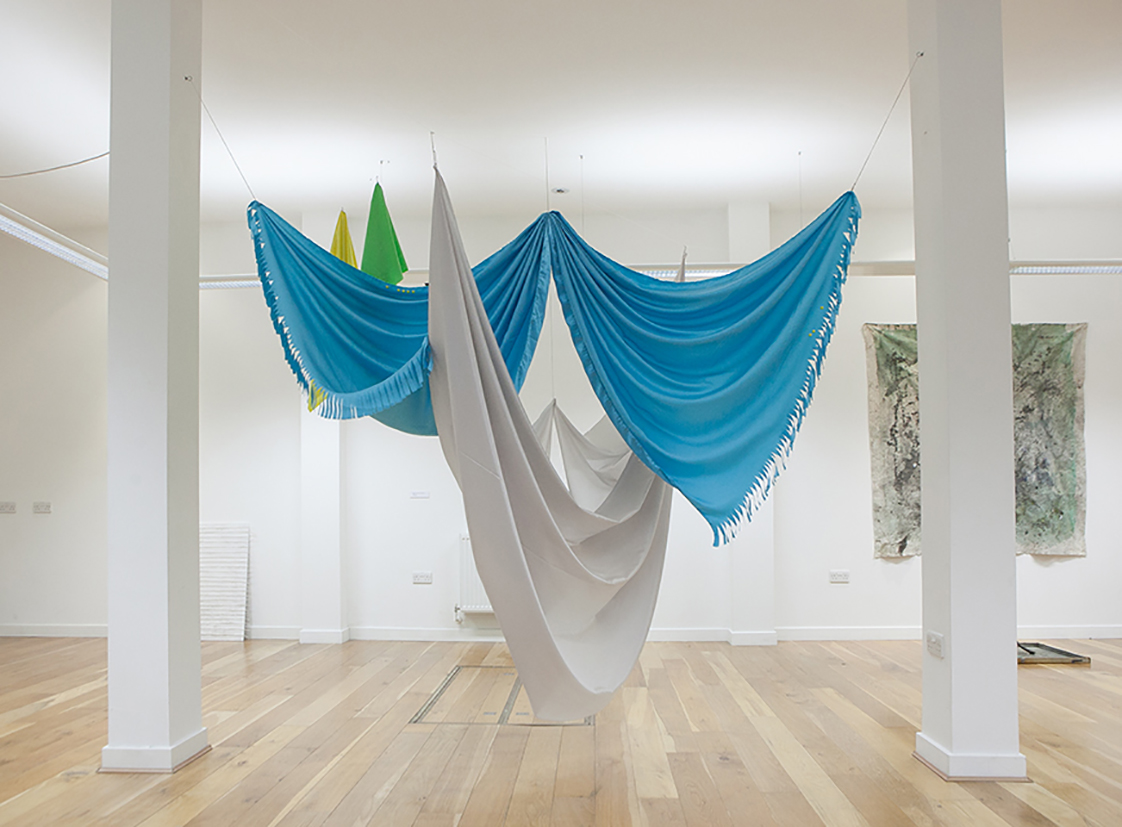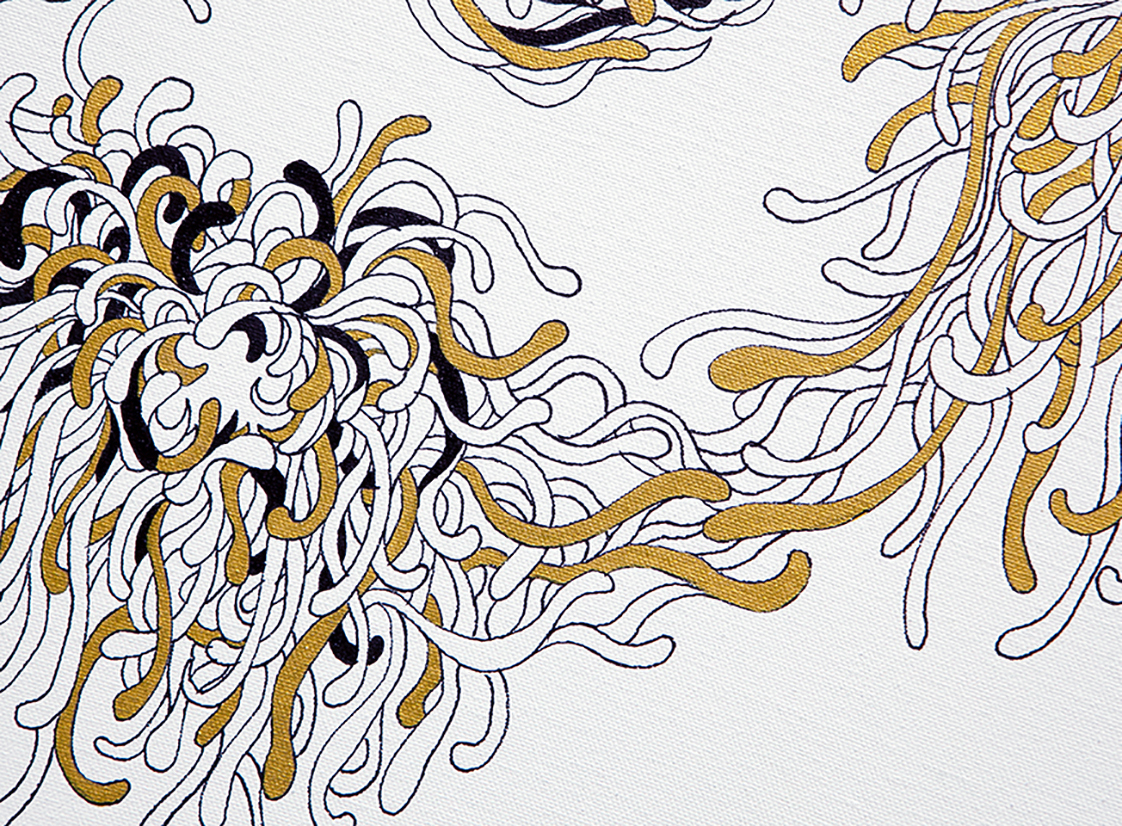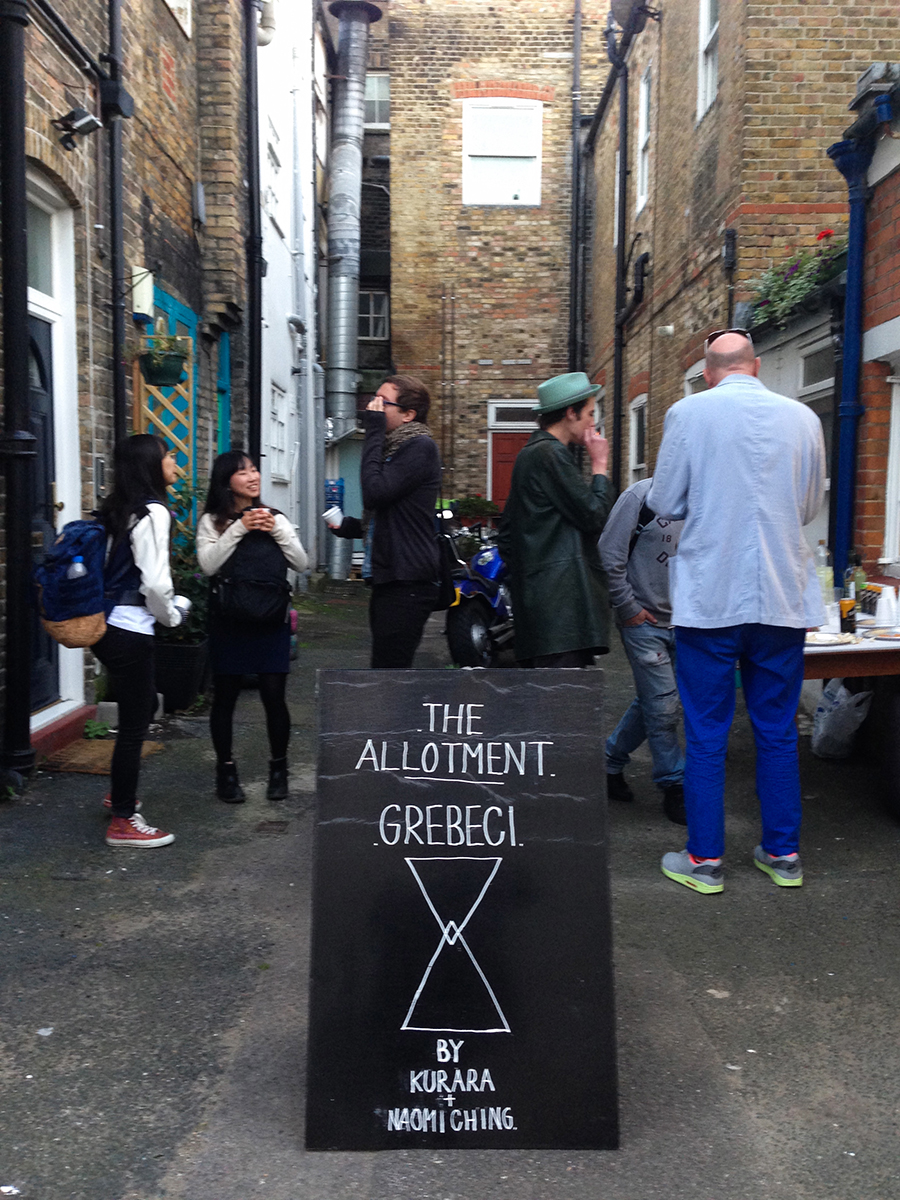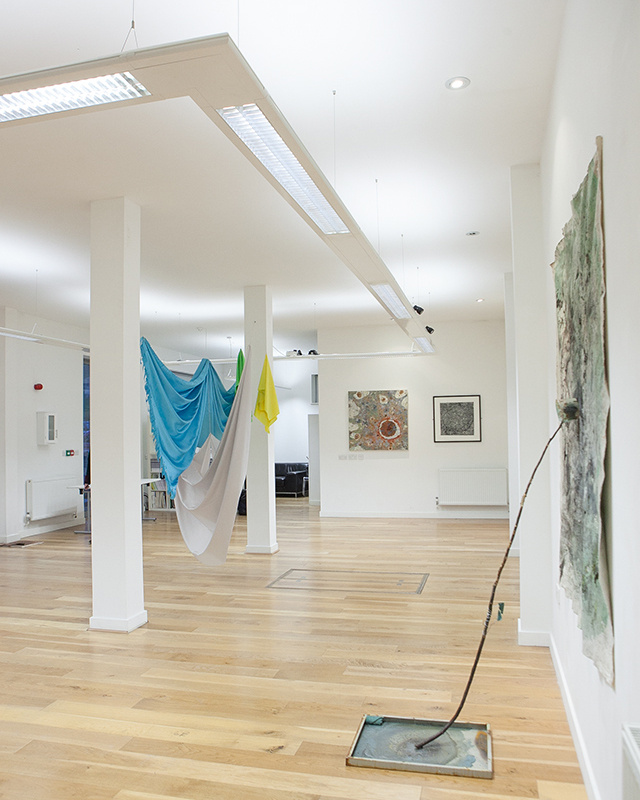800cm
April 2015
The composition of symmetry and asymmetry of 800cm was reflecting my views of interactions between spaces and material. The construction represented the contradistinction in between my previous and current living space. Since I was living in hostel room when I was studied in Canterbury, I had to use the limited space to dry clothes, hanging bed sheets and duvet covers in the room during wintertime, but I found it was very fun of finding ways to maximise the usage of the space. This fabric installation also reminded me my childhood, and it involves a lot my memories from staying at my parent and granny’s house, as I always liked to build the imaginary campsite, fun land and castle around the room with the a bunch of blankets.
‘Benjamin’s vision of the domestic interior was itself a memory, of his own childhood some thirty years before displacement from his native city. His various memoirs conjured up childhood recollections of his parents’ plush residences, as well as Berlin parks, department stores and schools. He reflected on how his memories were evoked, he notes, not to awaken homesickness in exile, but as an inoculation against nostalgia.’ (Kwint, 1999:108)
‘Painting is effective; music more so; poetry is most effective in this phase, due to its conceptual capacities. Artistic expression, in general, reaches its peak and limit with poetry.’ (Hegel, 2013:106)
From Hegel, poetry is effectively conveying thought or feeling, but I would like to challenge that in visual art. So I am finding something that can surpass the artistic expression more than poetry, constructing the structure of the narrative, layering up the catharsis, floating the rhythm in the air quietly. Installation arts makes me feel the other way of presenting the dramatic scene, which I can also engage more space and dimension to let my artwork and audiences to confront each other in a second, in a more lively way.
Bibliography
Kwint, Marius et al (ed.) (1999) Material Memories. Oxford: Berg.
Hegel, G.W.F (2013) ‘Lectures on Fine Art’ In: Roholt, Tiger C. Key terms in Philosophy of Art. London: Bloomsbury pp.106
